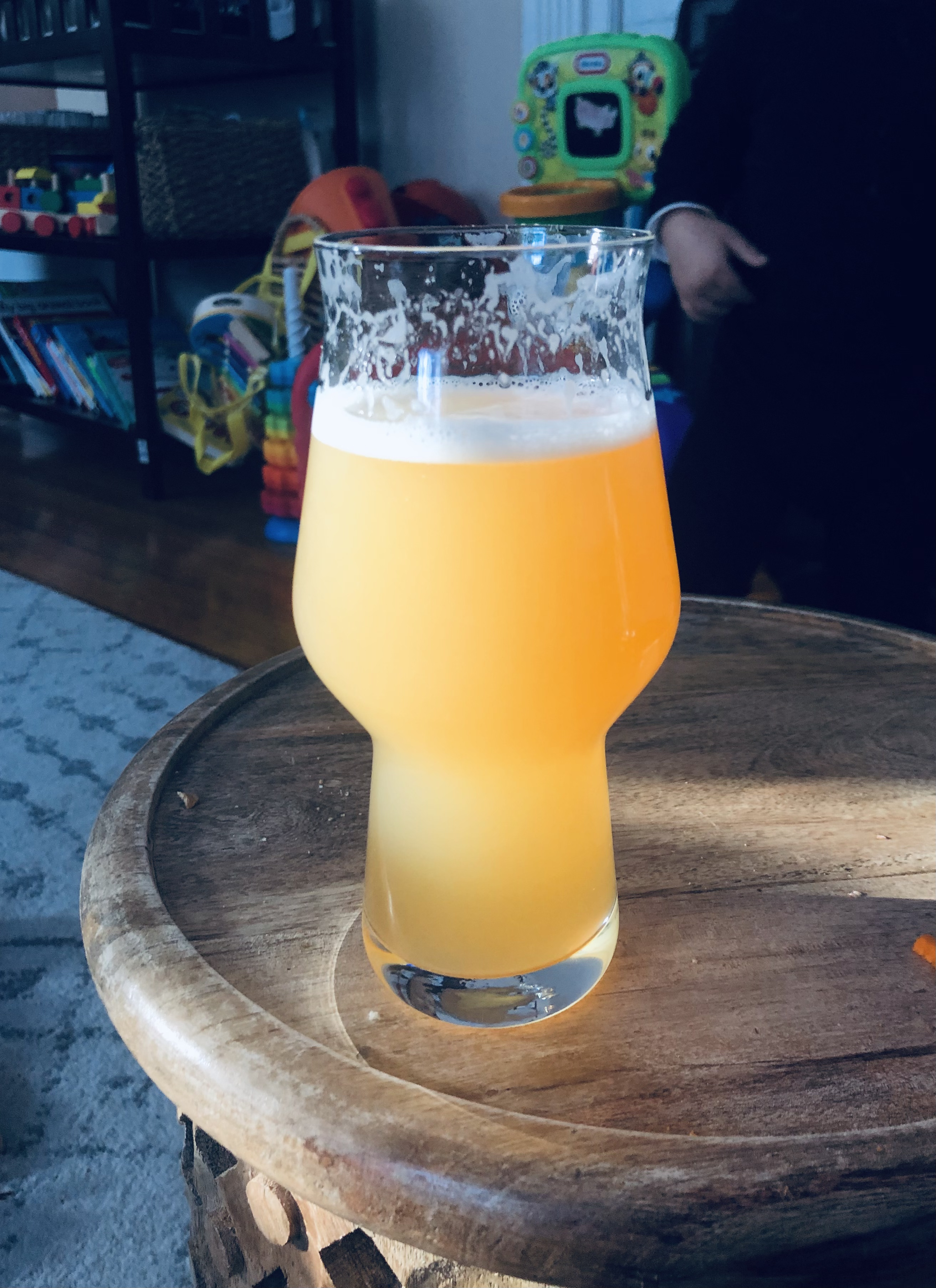Ok so life just got in the way for this weekend, I was gonna brew a neipa for a pigroast I host every year which is on July 17th this year. Basically my next available brew day would be July 3rd which gives me exactly 14 days to get it from grain to glass. I have used kveik in the past in my neipa with decent results, dont like it as much as others but I think it will be my best option. So here's my thoughts, I brew 15 gallon batches 17.5 in the fermenter. I brew on July 3rd, pitch Omega voss kveik at say 90f to 95f and hold that for a couple days, check gravity, once around 1.018, hopefully by July 8th, crash to 40f do a yeast dump (conical) and then dry hop at 50f for 3days, on July 11th cold crash to 36f, this is as cold as I can get with my set up, sometimes only 38f. Leave it crash for 48 hours and keg July 13th or 14th, Force carb the hell out of and be ready to serve by the 17th. This beer will likely be around 1.064 to 1.070 OG and dry hop at about 1.25 oz per gallon. I have not set this recipe in stone yet so those are ballpark numbers. Any thoughs or input/suggestions would be greatly appreciated. Being that I want to underpitch the kviek I was thinking about just using 1 full pack of omega voss in the 17 gallon batch. Not sure if that is to much of an under pitch, if so Ill have plenty of time to build up enough of a starter, any recommend pitch rate there would be appreciated also. My concern is the beer being to green and to avoid hop burn as much as possible, with a 14 day window well who knows, maybe it will ferment out quicker then I expect and it will have a couple more days to mellow, maybe it won't and ill just have to serve what I have on hand. Sorry for the long post guys!
Cheers!




































![Craft A Brew - Safale S-04 Dry Yeast - Fermentis - English Ale Dry Yeast - For English and American Ales and Hard Apple Ciders - Ingredients for Home Brewing - Beer Making Supplies - [1 Pack]](https://m.media-amazon.com/images/I/41fVGNh6JfL._SL500_.jpg)
























